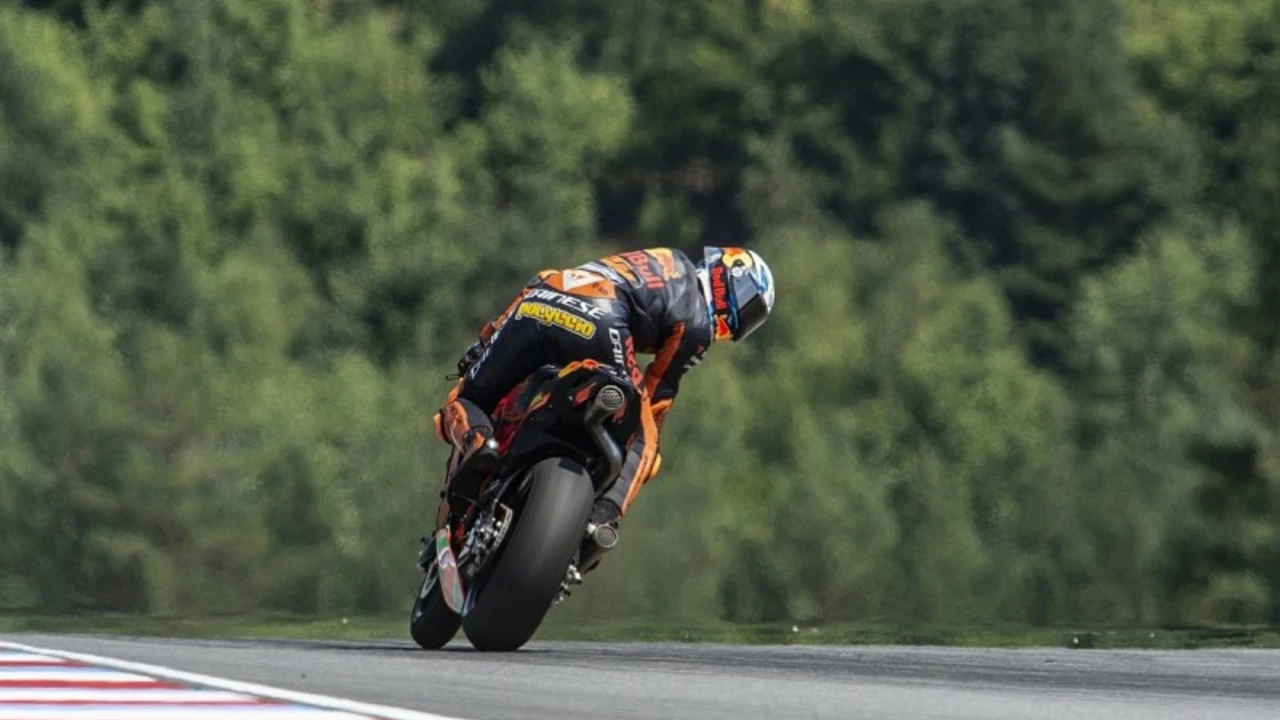It's a common misconception that MotoGP riders don't turn their handles. In reality, they do, but in a very nuanced way. Compared to regular motorcyclists, MotoGP riders often use a technique called counter-steering, where they push the handlebar in the opposite direction to the turn. This technique, combined with body positioning and lean angle, allows them to take corners at high speeds. It's a fascinating blend of physics, skill, and intuition that sets these professional riders apart.
Racing Strategies: Real‑World Tips for Faster laps
If you’ve ever wondered how the best drivers shave seconds off a lap, the answer lies in simple, repeatable strategies. It’s not about magic – it’s about knowing the track, your car, and your own limits. Below are the most useful tactics you can start using today, whether you’re on a kart, a GT, or a Formula car.
Control Heat and Keep the Engine Happy
Heat is the silent opponent in every race. An engine that runs too hot can lose power or even quit. Keep the cooling system clean, check coolant levels before every session, and use a heat‑resistant air filter. When you see temperature gauges creeping up, pull off the racing line for a quick cool‑down lap. Drivers who respect heat limits stay on the track longer and finish stronger.
Gear Shifts: Manual vs. Automatic
Manual gearboxes give you direct control over power delivery. If you’re comfortable with a clutch, you can hold gears longer on straights and down‑shift earlier into corners, which improves traction. Modern semi‑automatic systems are fast, but they still follow the same principle: match engine revs to the corner speed. Practice smooth rev matching and you’ll feel less wheel spin and more confidence entering each turn.
Plan Your Race, Not Just Your Lap
Every race has a different rhythm – qualifying, early laps, mid‑race traffic, and the final sprint. Write a simple plan: aim for clean laps in the opening, conserve tires when the track is slick, and push hard when fuel weight drops. Knowing when to be aggressive and when to be patient saves tyre life and reduces mistakes.
Fuel strategy also matters. Carrying too much fuel makes the car heavy; too little forces an early pit. Use the latest data from your team to calculate the ideal load for each stint. Small adjustments can mean a whole position gained at the finish.
Use the Racing Line Wisely
The classic racing line—apex, outside, apex—works for most corners, but there are times to deviate. If you’re stuck behind a slower car, a slightly later apex can give you a better exit speed and a chance to overtake. Conversely, on a tight hairpin, a tighter entry may let you carry more speed into the corner. Experiment during practice and note which variations shave off milliseconds.
Remember, the line is also about grip. On a hot track, surfaces dry out unevenly. Follow the rubbered‑in path early, then shift to the cooler edge as the session progresses to maintain optimal traction.
Stay Mentally Sharp
Racing is as much a mental game as a physical one. Visualise each corner before you hit it, and replay perfect laps in your head during breaks. Short, focused bursts of concentration outperform long, weary focus. If you feel your mind drifting, take a deep breath, reset, and refocus on the next sector.
Finally, don’t forget to learn from every session. Review telemetry, compare lap times, and note where you lost time. The best drivers treat each lap as a data point, not just a result.
Putting these strategies together—temperature control, gear mastery, race planning, line tweaks, and mental focus—creates a solid foundation for faster, more consistent performance. Try a few in your next track day, track the improvements, and keep refining. The fastest drivers aren’t born; they’re built with the right habits and a willingness to test what works.
